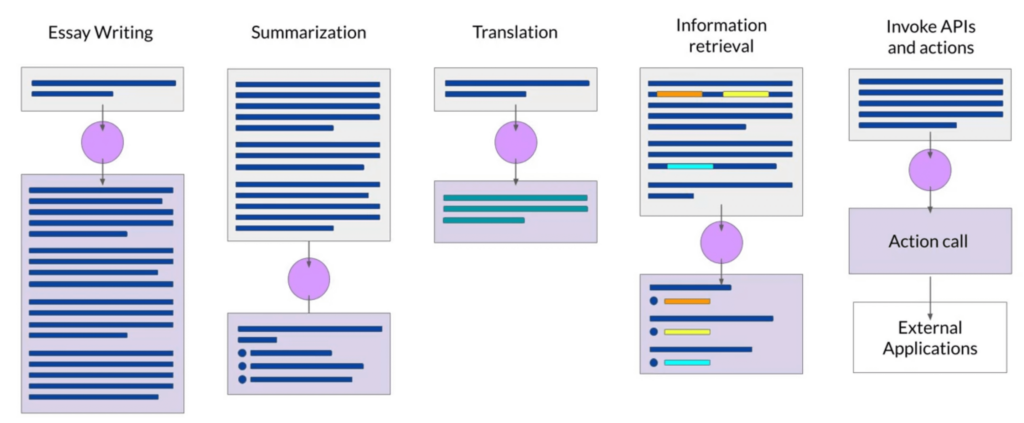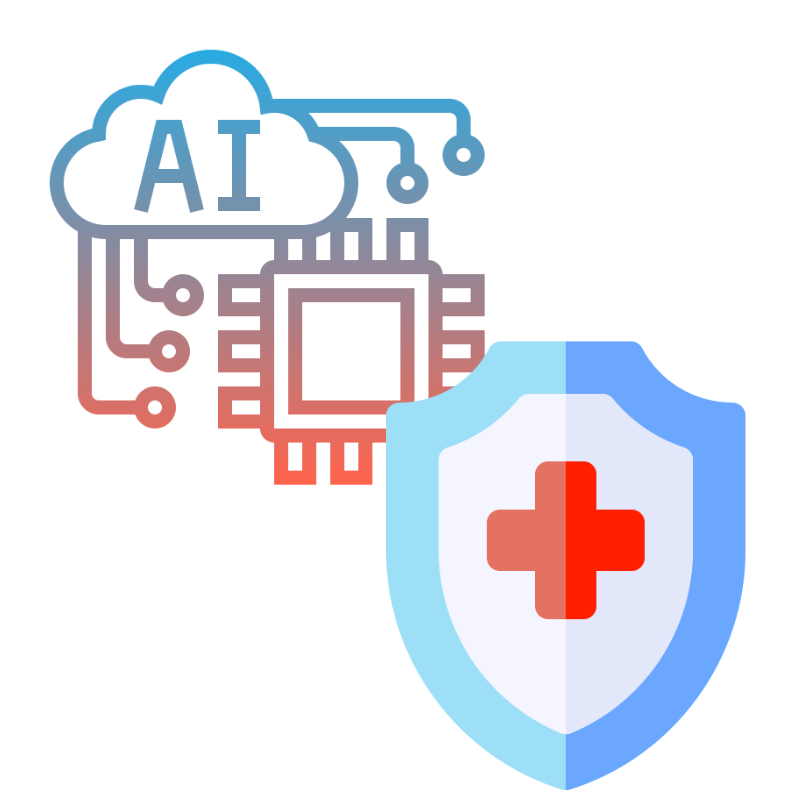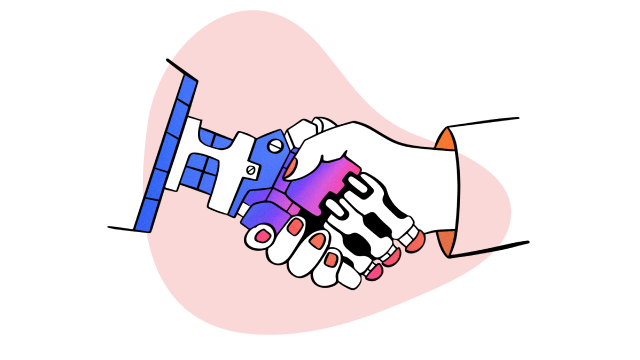7 Generative AI Examples: What Generative AI Can Do?
Generative AI, particularly through the implementation of Large Language Models (LLMs) like GPT-3, has been making waves across various industries. Chatbots might be the most visible application, but the underlying technology of next-word prediction has been adapted for an impressive array of tasks that go far beyond simple conversation. Below are usual generative AI examples.

Content Creation and Assistance
Writing Aid
LLMs can function as sophisticated writing assistants, helping users draft essays, reports, and creative writing pieces. By providing a prompt, users can receive coherent and contextually appropriate text that aligns with the intended tone and style.
Example: A student can use an LLM to help brainstorm and outline an essay on climate change. The model can suggest a thesis statement, main arguments, and even scholarly sources.
Summarization
Generative AI is adept at summarizing lengthy documents, conversations, or dialogues. This capability is not only time-saving but also enhances productivity by distilling essential information from large datasets.
Example: A legal professional might use an LLM to summarize a lengthy legal document or contract, enabling them to quickly grasp the essential terms and conditions without sifting through pages of text.
Translation and Code Generation
Language Translation
The translation capabilities of LLMs are not limited to common language pairs like English-Spanish or French-German; they also extend to less common linguistic combinations, making global communication more accessible.
Example: An LLM can assist a small business owner in translating their website content from English to Vietnamese, making their services accessible to a wider audience.
Code Writing
The translation concept extends to the realm of coding as well. By translating natural language instructions into machine-understandable code, LLMs can aid developers in writing scripts and programs, such as generating Python code to perform data analysis tasks.
Information Extraction and Retrieval
Named Entity Recognition
Generative AI excels at identifying and classifying named entities in text data. This aspect of information retrieval is invaluable for data analysis, summarizing news articles, and organizing content by topics or entities.
Example: Journalists could use an LLM to extract key individuals, organizations, and locations from a series of reports to quickly understand the stakeholders involved in a developing story.
Data Sorting and Categorization
By extracting key information from unstructured data, LLMs can help sort and categorize information, making it easier for humans to process and analyze.
Example: A marketing analyst might employ an LLM to categorize customer feedback into sentiments and topics, aiding in the analysis of brand perception across social media platforms.
Real-world Interaction Through API Integration
Augmented Capabilities
Connecting LLMs to external databases and APIs allows them to access up-to-date information, perform tasks like booking appointments, or even control smart devices, thereby interacting with the real world in real-time.
Customized Information Services
LLMs can be tailored to fetch and generate reports based on specific data points from the internet or private databases, providing personalized information services to users.
Example: An LLM connected to a financial API could generate a personalized investment report by pulling the latest stock market data and analyzing trends relevant to the user’s portfolio.
Specialized Task Performance
Fine-Tuning for Specific Tasks
While large-scale models have broad capabilities, smaller models can be fine-tuned to perform specialized tasks with high efficiency. This fine-tuning process adapts the model to niche domains or particular use cases, often with less computational overhead.
Example: A healthcare provider might fine-tune an LLM to interpret medical jargon and patient history into a simplified summary that is comprehensible to individuals without medical training.

The Future of Generative AI
The versatility of generative AI is continually expanding. As models grow and become more sophisticated, the subjective understanding of language and the ability to process and reason through tasks improve significantly.
This growth is not just in scale but also in the depth of understanding, allowing LLMs to solve complex problems and generate creative and innovative solutions. The potential applications are vast, from improving accessibility in technology to advancing scientific research.
As developers and researchers dive deeper into this technology, the integration of LLMs with other systems and databases is poised to unlock even more functionalities. The future of generative AI holds the promise of more intuitive, efficient, and collaborative tools that will enhance human capabilities and drive innovation across myriad domains.
Stay tuned for further exploration of the architecture that underpins these capabilities and discover how to harness the full potential of generative AI in real-world applications.
